Focusing on Geriatric Dermatology and Exploring the Frontiers of Academic Progress - The 2025 Academic Conference of the Dermatology Branch of the Chinese Geriatrics Society was Successfully Held (Part 2)
The academic conference of the Dermatology Branch of the Chinese Geriatrics Society was held in Wuhan, Hubei Province from May 16th to 17th, 2025. The conference was hosted by the Dermatology Branch of the Chinese Geriatrics Society and organized by Union Hospital, Tongji Medical College, Huazhong University of Science and Technology. This conference features a main venue and five sub-venues: a special session for young and middle-aged physicians, inflammatory skin diseases, skin rehabilitation and health care, skin tumors, and infectious skin diseases. It gathers top experts from across the country and focuses on in-depth exchanges on hot topics in the field of geriatric dermatology, injecting new impetus into the industry's development.
Highlights of the sub-forum for Young and middle-aged Physicians (May 16th)
The sub-forum for young and middle-aged physicians was presided over by Professor Tao Juan, the director of the Dermatology Department of Wuhan Union Hospital, who delivered the opening speech. She extended a warm welcome and sincere gratitude to the senior experts and young and middle-aged physicians who had come from afar across the country. Professor Wang Hongbo, the Secretary of the Discipline Inspection Commission of Wuhan Union Hospital, then delivered a speech. He introduced the historical evolution and current development status of Wuhan Union Hospital, and emphasized the coordinated development of the hospital in medical treatment, teaching and scientific research. Professor Wang Hongbo emphasized that the aging situation in our country is severe and the development of geriatric medicine is of vital importance. This conference aims to address the skin problems brought about by aging and promote the progress of research and clinical diagnosis and treatment of geriatric skin diseases.
The first half of the meeting was hosted by Professor Tu Yating from Wuhan Union Hospital, Professor Zhang Guoqiang from the First Hospital of Hebei Medical University, and Dr. Cao Kaina from Beijing Luhe Hospital Affiliated to Capital Medical University, who provided brilliant comments and comprehensive summaries on the reports.
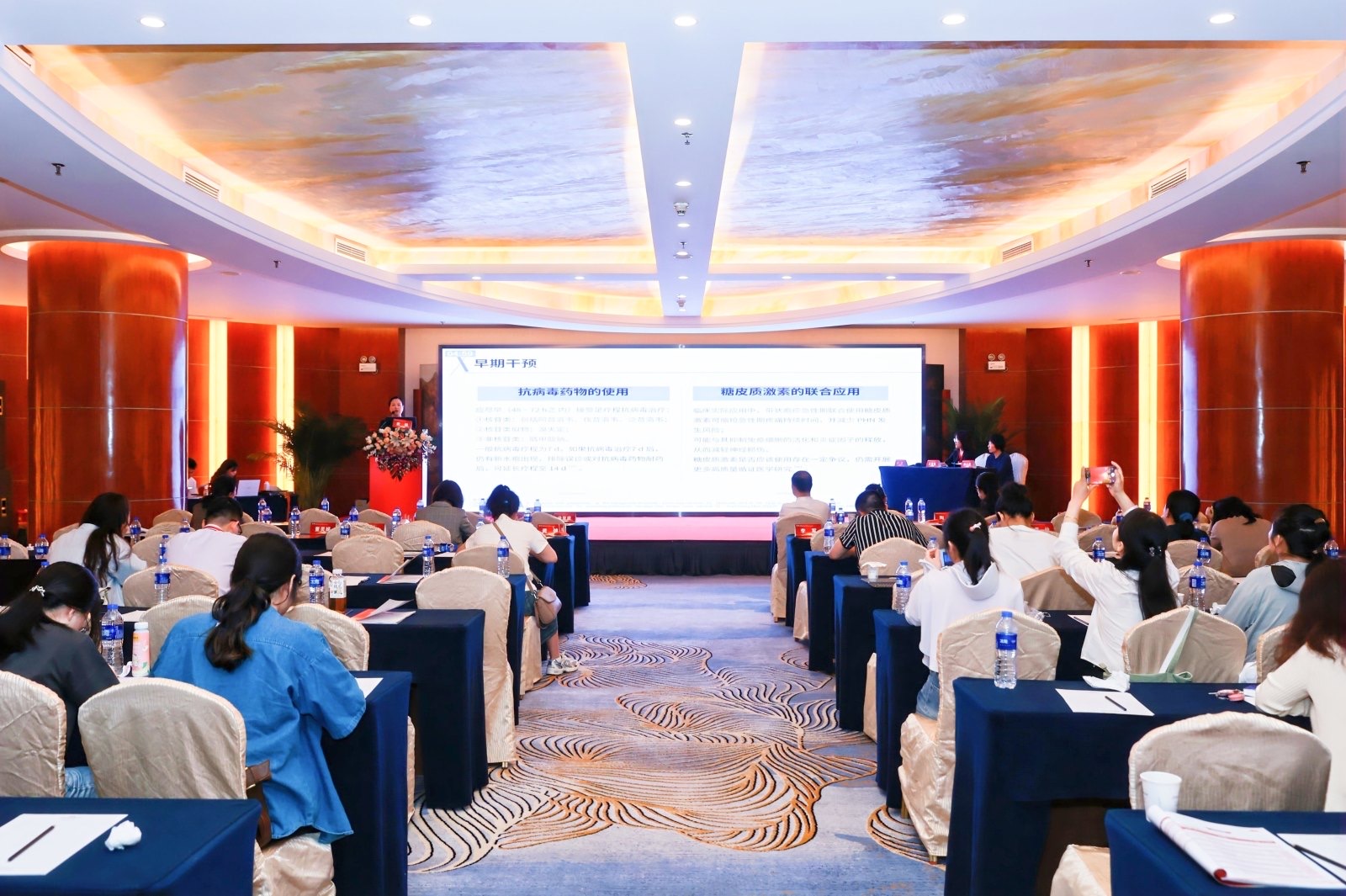
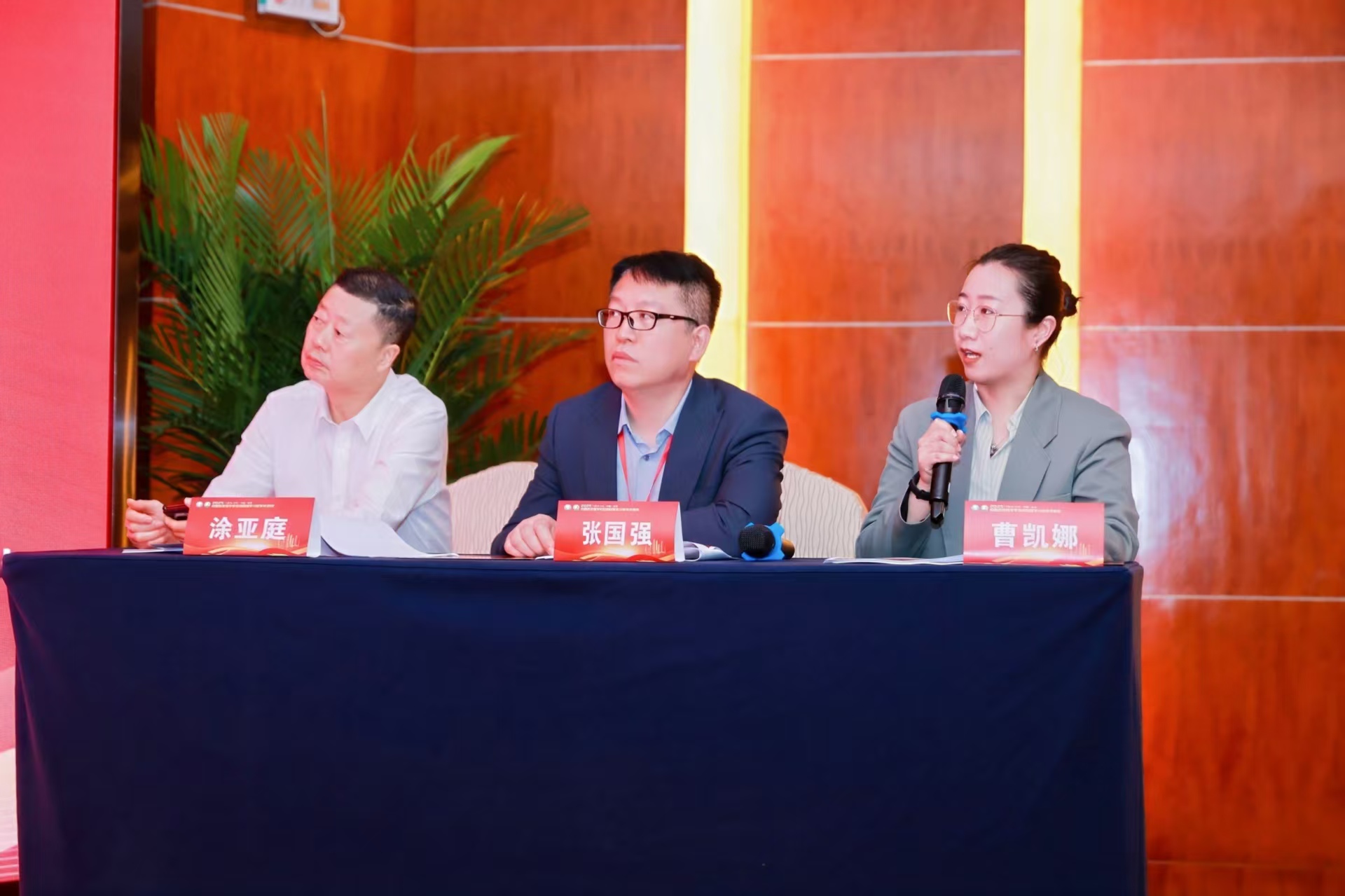
Professor Zhong Wenhong shared his insights on "Mechanisms and Management of Skin Inflammation in the Elderly". He delved deeply into the occurrence mechanisms of inflammatory skin diseases in the elderly and, in combination with clinical cases, explored targeted management strategies, which is conducive to enhancing the management level of skin diseases in the elderly by clinicians. Professor Chen Junbin shared his insights under the title of "Precise Treatment of Skin Adverse Reactions Related to Immune Checkpoint Inhibitors". Professor Chen Junbin systematically expounded on various toxic reactions caused by immune checkpoint inhibitors in tumor treatment and deeply analyzed their toxic mechanisms and precise diagnosis and treatment strategies. Professor Wang Zhuangwei shared his insights on the topic of "Immune Mechanisms and Treatment Options for Elderly Patients with Refractory Bullous pemphigoid", systematically analyzing the immune mechanisms of elderly patients with refractory bullous pemphigoid and sharing cutting-edge treatment strategies. Professor Shao Shuai from Xijing Dermatology Hospital of Air Force Military Medical University delivered a special presentation titled "Granulocytes and Skin Immunity - My Research Journey". Based on his ten years of research experience, Professor Shao Shuai delved deeper from the basic mechanism to clinical transformation, innovatively revealing the complex role of granulocytes in skin immunity.
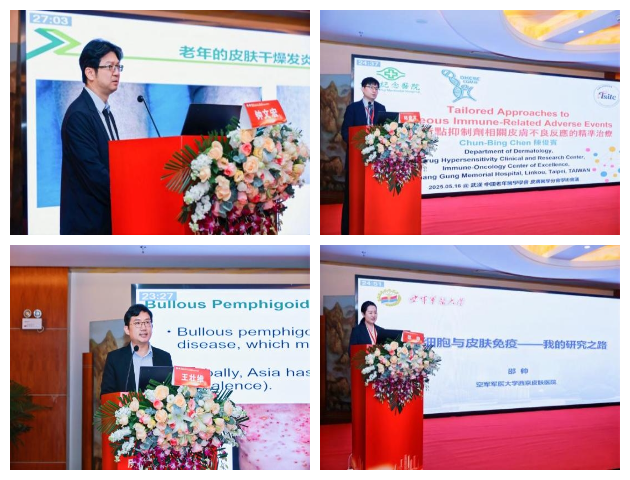
The second half of the meeting was co-chaired by Professor Li Jun from Wuhan Central Hospital, Professor LAN Jiajia from Wuhan Union Hospital, and Professor Sun Xiaoyan from Wuhan Tongji Hospital.
Professor LAN Jiajia from Union Hospital in Wuhan shared her insights on "Clinical and Basic Research on Psoriasis with Obesity", starting from the perspectives of metabolic regulation and immune microenvironment, systematically exploring the interaction mechanism between psoriasis and obesity, providing precise diagnosis and treatment strategies for elderly patients with obesity, and triggering in-depth thinking among the participants on the comprehensive management of chronic inflammatory skin diseases. Professor He Lei from the Affiliated Hospital of Chengde Medical University shared his insights under the title of "Research on Alleviating Adverse Reactions of Acne Treatment with Nano-Bubble Hydrogen Water", focusing on the skin sensitivity issue after photoelectric treatment, providing innovative ideas for enhancing the safety of acne treatment and patient comfort. Professor Dong Lingdi from the General Hospital of Ningxia Medical University shared her insights on "Early Diagnosis and Treatment of Solar Keratosis", focusing on the non-invasive diagnostic techniques and individualized intervention plans for this precancerous lesion. She emphasized the crucial significance of "early screening and early treatment" in reducing the risk of skin cancer in elderly patients. Professor Dong Xian from the Affiliated Hospital of Guizhou Medical University shared a presentation titled "Research Progress of Opsin 3 in Fibroblasts", revealing the regulatory mechanism of opsin 3 in pathological processes such as skin fibrosis and photoaging from a molecular biological perspective, thus opening up a brand-new research direction for targeted treatment of degenerative skin diseases in the elderly. Professor Wang Xueliang from the Fourth Hospital of Hebei Medical University shared his insights under the title of "Application Sharing of Sentinel Lymph Node Biopsy for Malignant Melanoma". By integrating international guidelines with clinical practice, he delved deeply into the guiding value of sentinel lymph node biopsy technology in the precise staging and treatment decision-making of elderly patients with malignant melanoma, contributing significant experience to improving the prognosis of patients. Professor Gong Jin from Jingzhou First People's Hospital shared a presentation titled "Comprehensive Management of Postherpetic Neuralgia: From Mechanism to Clinical Practice", systematically reviewing the pathological mechanism of the disease, the progress of drug and interventional treatments, and sharing new strategies for multidisciplinary consultation and treatment of herpes zoster, providing multi-dimensional solutions for pain management in elderly patients.

Highlights of the Inflammatory Skin Disease Sub-forum (May 16th
At the Inflammatory skin diseases sub-forum, experts from various fields focused on sharing and exchanging their research progress and clinical practice experiences regarding diseases such as suppurative sweat gland inflammation, psoriasis, rosacea, and atopic dermatitis.
Professor Yang Liu from Union Hospital in Wuhan shared a presentation titled "Exploration of Multi-angle Optimization Strategies for the Treatment of Suppurative Sweat Adenitis", proposing that biological agents can be used as a treatment option for moderate to severe and refractory HS. Professor Li Junying from the Affiliated Hospital of Tianjin Academy of Traditional Chinese Medicine shared her insights under the title "Preemptive Strike - Secukinumab Effectively Intercepts the Progression of PsO to PsA at all Stages". Professor Lu Wei from Zhejiang Provincial People's Hospital shared his insights under the title "Distinguishing Fluctuations and Stabilizing Therapeutic Effects - How to Deal with Therapeutic Effect Fluctuations and Recurrence in Psoriasis Treatment", pointing out that there are often therapeutic effect fluctuations in psoriasis from reaching the target to recurrence, and clinicians need to promptly identify and adjust the medication plan (such as combining secukiumab, immunosuppressants or ultraviolet phototherapy).
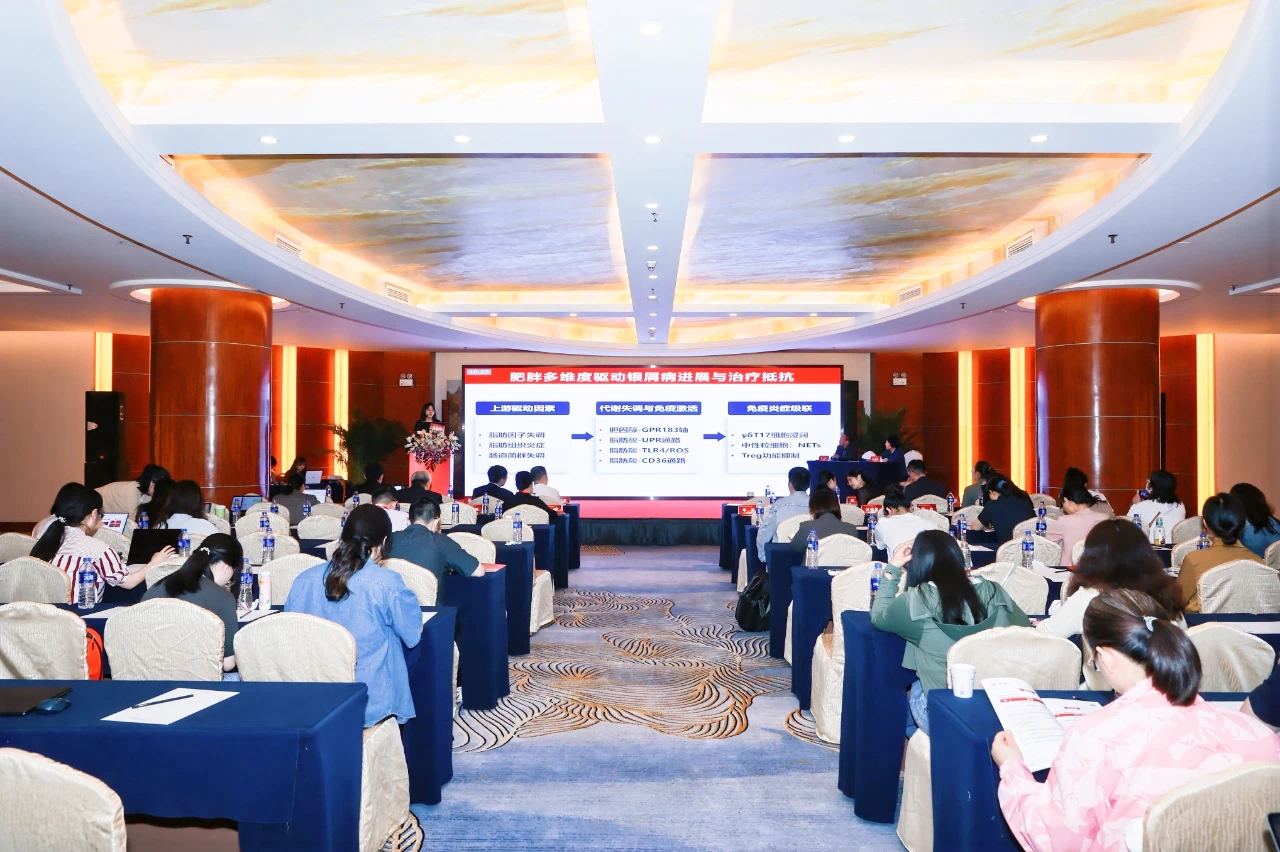

Professor Wang Huiping from the General Hospital of Tianjin Medical University gave a report on the early identification and intervention of PsA based on clinical cases, shared the content of the prospective research he conducted, and summarized the methods and processes for the early diagnosis of PsA. Professor Shen Chen from Union Hospital in Wuhan, starting from clinical cases, brought us a summary and reflection on drug hypersensitivity syndrome, suggesting that for long-term and refractory DRESS, JAK1/3 inhibitors can be considered. Professor Li Ji from Xiangya Hospital of Central South University shared the research content of his team on the mechanism of the relationship between three major nutrients, organic acids, intestinal flora, etc. and rosacea on the theme of nutritional intervention for rosacea, and put forward dietary and nutritional suggestions for patients with rosacea. Professor Wang Fang from the Dermatology Hospital of Southern Medical University shared clinical cases of poor response to biological agents for atopic dermatitis, emphasizing the significance of reducing misdiagnosis, genetic testing when necessary, and strengthening patient education in diagnosis and treatment.
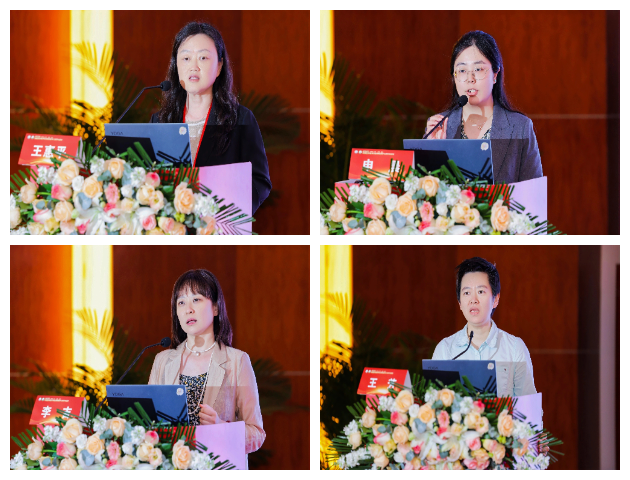
Highlights of the Skin Rehabilitation and Health Care Sub-forum (May 16th)
The first half of the meeting was co-chaired by Professor Chen Hongxiang from Zhongnan Hospital of Wuhan University, Professor Zhang Haiping from Xuanwu Hospital of Capital Medical University, and Professor Duan Xin from the Affiliated Hospital of Chengde Medical University.
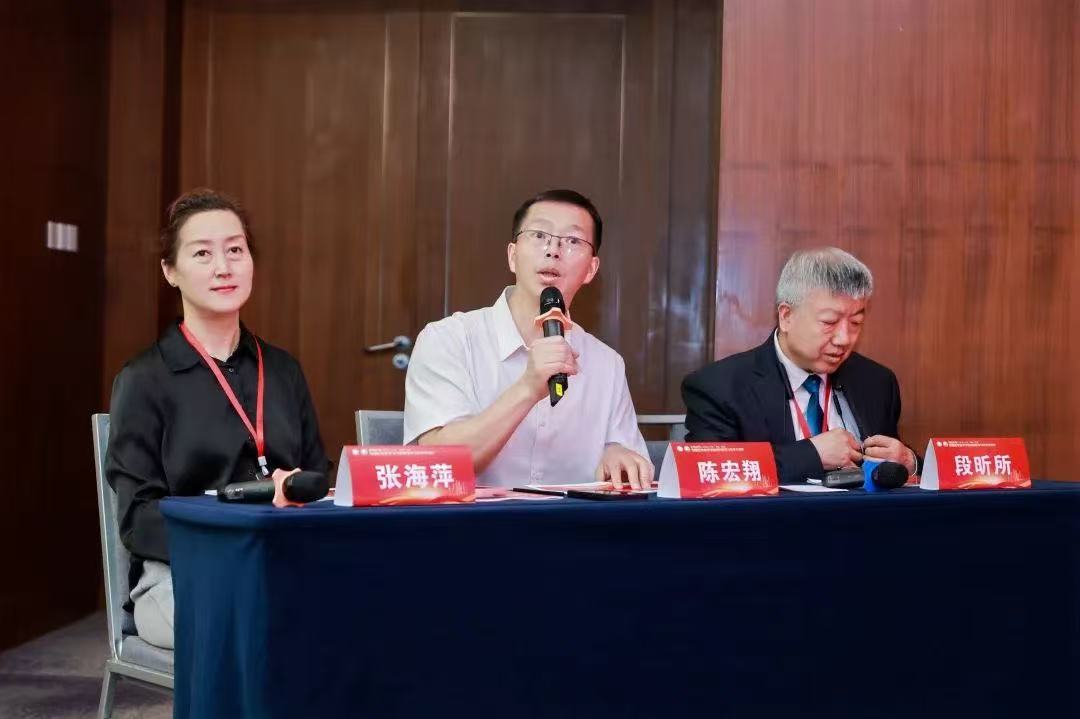
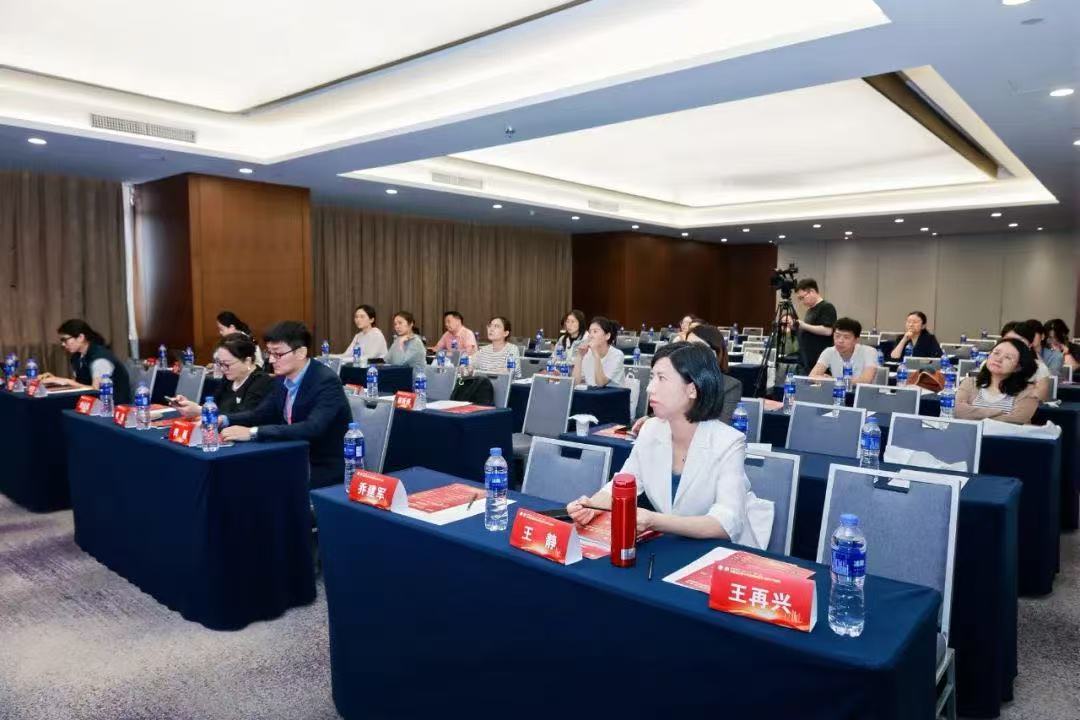
Professor Yang Yali from the Ninth People's Hospital Affiliated to Shanghai Jiao Tong University School of Medicine shared her insights on "Selection and Timing of Phototherapy for Non-Rhinophyte Rosacea". Starting from the different forms of rashes, she introduced how to choose the appropriate phototherapy equipment and the right treatment timing. Professor Wang Jing from the First Affiliated Hospital of Anhui Medical University shared her insights on "Comprehensive Treatment of Senescent Skin Tumors", mainly introducing the clinical manifestations, diagnostic methods and treatment strategies of basal cell carcinoma (BCC), a skin tumor. Professor Qian Qihong from the First Affiliated Hospital of Soochow University shared his insights on "Progress in Imaging Research of Keloids", elaborating on various imaging examination techniques for keloids and suggesting that the rational application of imaging techniques is conducive to the dynamic assessment of keloids. Professor Li Weiran from the First Affiliated Hospital of Anhui Medical University shared "Verification (Discovery) of Facial Aging Proteins in the Facial Skin of Healthy Chinese Population Using DIA and Immunohistochemical Skin Tissue Microarray Detection", elaborating on the application of single-cell sequencing technology in skin aging and the research progress of proteomics, and objectively evaluating the importance of aging markers.
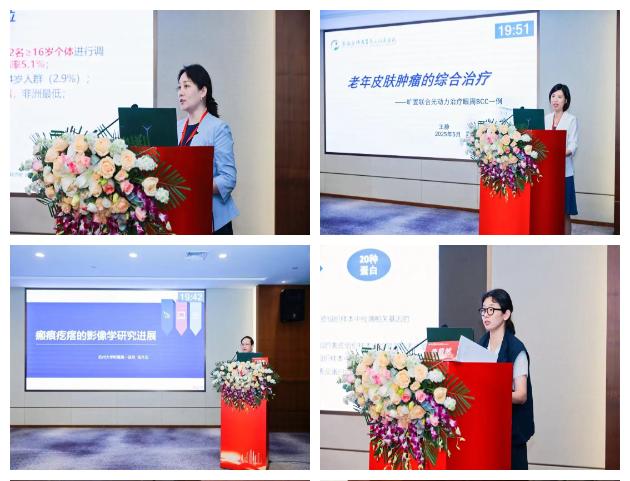
The second half of the conference was co-chaired by Professor Li Yan from Union Hospital, Tongji Medical College, Huazhong University of Science and Technology, Professor Jing Haixia from Taihe Hospital, Shiyan City, and Professor Xie Jun from Zhongnan Hospital, Wuhan University.
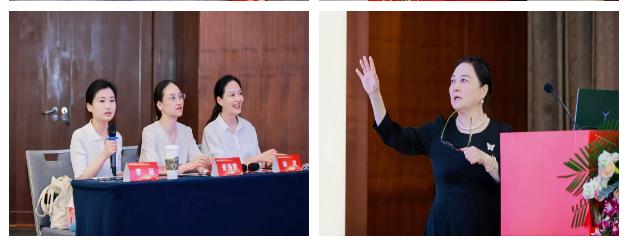
Professor Yang Sen from the First Affiliated Hospital of Anhui Medical University shared his insights on "Challenges Faced by Proteomics Technology in Facial Rejuvenation Research". Professor Yang Sen revealed the necessity of developing personalized anti-aging plans by utilizing proteomics data through a wealth of clinical cases, such as the application of platelet-rich plasma in facial filling and anti-aging, and the multiple differentiation potentials of adipose-derived stem cells. Professor Liu Yeqiang from the Affiliated Dermatology Hospital of Tongji University shared his insights on "Paraneoplastic Skin Diseases", vividly elaborating on the various skin pathological and clinical manifestations of paraneoplastic diseases through a rich array of clinicopathological images. Professor Wang Zaixing's students from the First Affiliated Hospital of Anhui Medical University delivered a wonderful presentation titled "Clinical Comorbidities of Bullous Pemphigoid", pointing out that this disease is related to various diseases, including psoriasis, atopic dermatitis, neuropsychiatric disorders, cardiovascular diseases and metabolic syndrome, etc. It is crucial to identify and manage bullous pemphigoid and its related comorbidities. Professor Qiao Jianjun from the First Affiliated Hospital, School of Medicine, Zhejiang University, delivered a special presentation titled "Differential Diagnosis of Pyoderma gangrenosum". By presenting dozens of clinical cases and combining his rich experience in diagnosis and treatment, he delivered an incisive teaching lesson on the differential diagnosis of Pyoderma gangrenosum to the participants.
During the conference, the full committee meeting of the Dermatology Branch was held concurrently. President Zhu Wei reviewed the achievements of the society in the past year, shared the overview of the society, the training of young physicians and the construction of the team, as well as the organizational framework of the society. The meeting also emphasized the significant role of continuing education in the development of the society, and mentioned the process of continuing education work and the operational difficulties that may be encountered. All the committee members and young committee members actively spoke up, discussing the development prospects and challenges in the field of geriatric medicine dermatology, and mentioned the importance of education and popular science work in enhancing public awareness and understanding. Finally, Vice President Geng Songmei suggested adding new research fields to expand academic influence. Vice President Yang Sen suggested fixing the meeting time and increasing the content of academic activities.
The academic agenda on May 16th came to a successful conclusion. Dozens of high-quality academic reports were presented one after another, covering diverse fields such as basic research, clinical innovation and technology transfer. The precise breakthroughs in biological agents, the innovative application of optoelectronic technology, and the precise upgrade of imaging assessment have comprehensively demonstrated the deep integration of precision medicine from theoretical frontiers to clinical practice. From the exploration of the mechanisms of inflammatory diseases to the technological innovation in skin rehabilitation, the all-day conference was not only filled with the depth of academic speculation but also brimming with the warmth of clinical practice. The participants are full of anticipation for the cutting-edge topics in the main venue and sub-venues such as skin tumors and infectious skin diseases the next day, and jointly look forward to this academic feast continuing to lead the industry towards a more precise and efficient future.
(Note: The pictures in the text are photos of some experts.)
Prev
The 16th "Chongyang Endocrinology and Metabolism Academic Conference" of the Endocrinology and Metabolism Branch of the Chinese Geriatrics Society was successfully held in Beijing
Next
[Conference Notice] The 11th China Geriatrics and Science and Technology Innovation Conference and the 11th Academic Conference of the Burn and Trauma Branch of the Chinese Geriatrics Society

